This article was medically reviewed by Jeremy Silverman, DMD. Jeremy Silverman is a Dentist and Founder of Peace of Mind Dental Studio in Chandler, Arizona. With a decade of professional dental experience, he focuses his practice on incorporating mental well-being into the core of oral care. He also partakes in continuing education and stays up to date with the newest techniques, technology, and products. Dr. Silverman holds a BA in Psychobiology from the University of California at Los Angeles and a DMD from Midwestern University. He is a member of the American Dental Association, Arizona Dental Association, and Central Arizona Dental Society. Dr. Silverman is also Laser Certified by the World Clinical Laser Institute.
There are 8 references cited in this article, which can be found at the bottom of the page.
This article has been viewed 122,406 times.
A Waterpik, also known as an oral irrigator, is a device found in most dentist’s offices that has recently become a popular option for home use. It is more effective and easier to use than string floss. Some patients with severe gum and tooth disorders from poor brushing habits have reported a complete turnaround in their dental health after purchasing this device. By doing your research and understanding how to operate a Waterpik, you can be on your way to excellent oral health in no time.
Steps
Purchasing
-
1Decide where to shop. The Waterpik is available at many major retailers like Target and Walmart. You can also find it at some electronics stores like Best Buy or internet retailers like Amazon.
-
2Pick the right model. The Waterpik comes in a variety of models with different functions and prices. Shop around and decide what works best for you.[1]
- The countertop model is designed to permanently sit on your counter. It has a large reservoir, making it ideal for family use. These models typically cost between $45 and $59.
- The cordless model has no cord and a larger base to hold the water. It is ideal for travel, but it has less power and may be harder to handle. These models typically cost between $47 and $69.
- There are Showerpik models that are cordless and externally waterproof for use in the shower. They use only the shower pressure which may sometimes be low. These models typically cost around $69.
- The deluxe and ultra models often include a sonic toothbrush that can dock on the unit itself. You can change the tips of these models, making them usable for all family members. These models typically cost around $99.
- There are various kid’s models available as well. They are smaller and generally decorated to be kid friendly. They are designed for kids age 6 and older. These models typically cost between $35 and $49.
Advertisement -
3Pick the right specialty tips. The standard model typically comes with only one tip; however, there are a variety of specialty options you can purchase individually, in a package deal or with deluxe versions of the unit.[2]
- The classic jet tip, included in all Waterpik models, will provide a steady flow that is ideal for direct application to the gums and teeth.
- The toothbrush tip allows you to brush your teeth with a steady flow of water coming through the center of the brush, improving the quality of your brushing.
- The plaque seeker tip is ideal around crowns, bridges, and implants.
- The orthodontic tip is ideal for dental braces. It will remove plaque and debris from around brackets and under wires which are hard to reach with floss and other methods.
- The pik pocket tip removes plaque deep within periodontal pockets. This is ideal for people who have chronic periodontitis.
Cleaning
-
1Fill the water reservoir. The reservoir is the large water container. It should have a removable top where it can easily be refilled.[3]
- Use lukewarm water. Don’t use water that is uncomfortably hot.
- Add a small cup of chlorhexidine mouthwash twice a week if your dentists recommends it to create a sterile environment.[4] Do not use salt water as you may block the pipes of the Waterpik.
-
2Select the right tip. Choose the tip that works best for you. The options are the classic jet tip, the toothbrush tip, the plaque seeker tip, the orthodontic tip and the pik pocket tip.[5]
-
3Place the tip in the handle. There should be a way to lock the tip in place, either by twisting it or pressing a button on the handle. Consult the product manual if necessary.
-
4Place the tip in your mouth. Start with your back teeth. Hold the tip away from the teeth and gums rather than touching them directly. The tip of the Waterpik should be placed between the teeth and then the area gently lavaged.
- Lean over the sink so you don’t splash water on your countertop.
- You can either start with the outside of the teeth or the inside, but make sure you spray every interdental area where a regular brush can't reach.
-
5Turn on the unit. There will be either an on-button or a dial that adjusts the water pressure. Start with the low pressure setting. Increase the water pressure as you go along to a rate that is comfortable.
-
6Follow your gum line. Go tooth by tooth to ensure you get everything. Aim for the top of the tooth, the baseline of the gum and the space between each tooth.
- Trace both from behind your teeth and from the front. Essentially, you’ll be making four passes to reach the front and back of both and bottom rows.
- Hold the Waterpik for about two second over each tooth.
- The entire process should last for about two minutes but take your time to rinse if you feel like it.
-
7Empty the reservoir. You should pour out any remaining water. Leaving stale water in the reservoir can cause bacteria to grow.[6]
Troubleshooting
-
1Use the instruction manual. Each Waterpik unit comes with an instruction manual. If you lose it, you can download another copy on the Waterpik website.[7]
-
2Buy replacement parts. The Waterpik is an elaborate device with several parts that can break and require replacement. The Waterpik website includes a section where tips, accessories and replacement parts are available for sale separate from the main units.
- You should replace the tips every three to six months.[8]
-
3Fix a drop in water pressure. A common issue is that the device sometimes loses water pressure. You can attempt to fix this issue before having to replace the device.[9]
- Ensure the black valve in the reservoir tank is inserted with the dome side facing up and the four-pronged side facing down.
- Fill the reservoir at least half full to support pressure. Confirm that the unit is plugged into a fully functioning electrical outlet.
- Regularly clean the unit by adding a few teaspoons of vinegar or chlorhexidine mouthwash to a full reservoir of warm water. Then drain the reservoir through the handle into the sink until it is empty.
-
4Fix a leaking reservoir. A reservoir leak is another common issue. You can attempt to fix this issue before having to replace the device.
- Remove the black rubber valve from the water tank by pushing it out from the bottom. Run the valve under warm water and massage with your fingers.
- Return the valve to the tank. Ensure the dome side is facing up and the four-prong side is showing on the bottom.
References
- ↑ https://nymag.com/strategist/article/best-water-picks-flossers-waterpik-airfloss.html
- ↑ http://www.freysmiles.com/blog/view/how-to-use-a-Waterpik-like-a-boss
- ↑ https://www.waterpik.com/oral-health/how-to-floss/
- ↑ https://www.waterpik.com/oral-health/product-support/articles/waterpik-mouthwash/
- ↑ https://smile-365.com/how-to-use-a-waterpik-like-a-boss/
- ↑ http://time.com/3104999/old-water-sick/
- ↑ https://www.waterpik.com/oral-health/product-support/manuals/
- ↑ https://smile-365.com/how-to-use-a-waterpik-like-a-boss/
- ↑ https://www.waterpik.com/oral-health/product-support/frequently-asked-questions/
About This Article
To use a Waterpik water flosser, first fill the reservoir with lukewarm water. Avoid using hot or cold water since it might feel painful on your gums. Then, hold the Waterpik for about two seconds over each tooth, following your gum line around. Make sure to trace each tooth from the front and back. You should try starting with the lowest pressure setting and increasing it to a rate that is comfortable for you. Additionally, hold the tip away from your teeth and gums, which is more comfortable than touching them directly. For more tips from our Dental co-author, including how to choose the right Waterpik for your needs, read on!

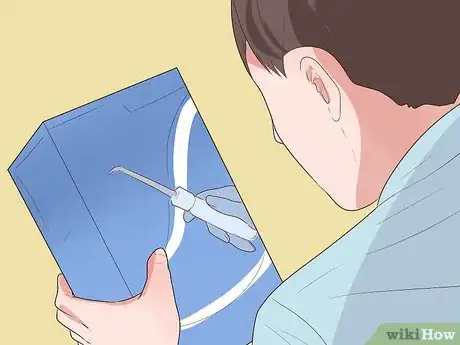


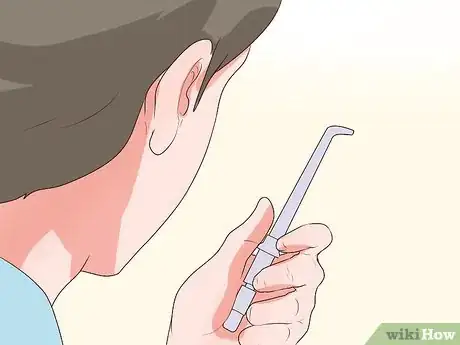
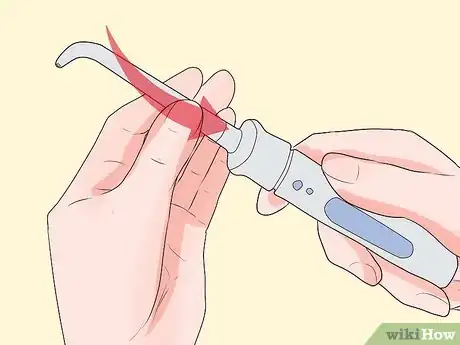
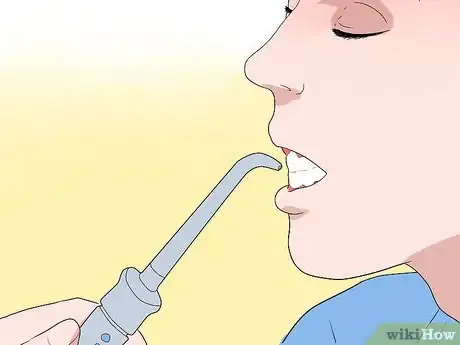
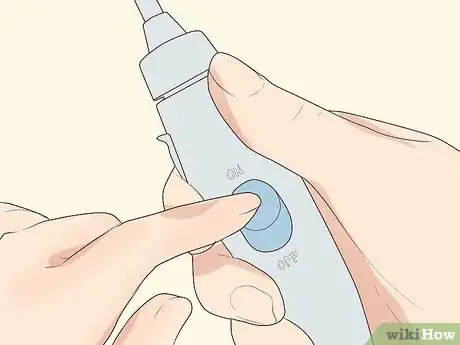
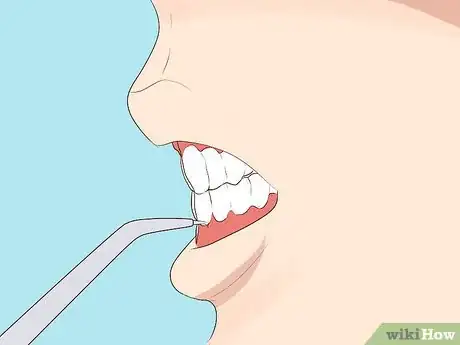
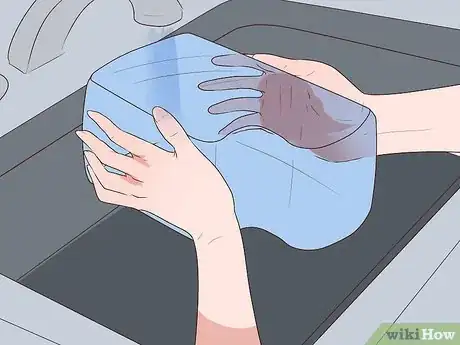


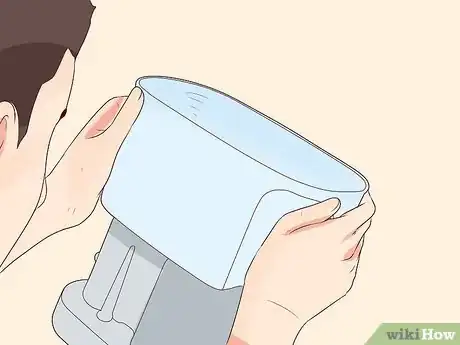



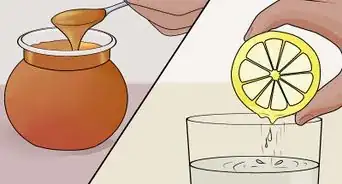

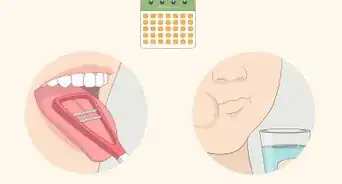

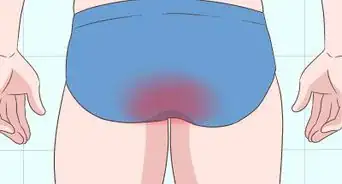
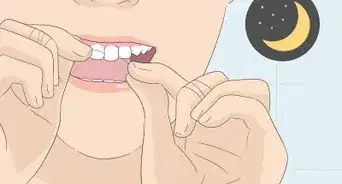
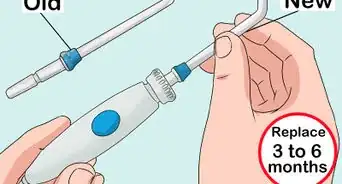

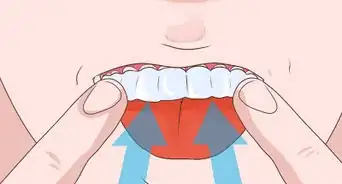












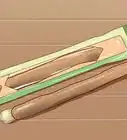





































Medical Disclaimer
The content of this article is not intended to be a substitute for professional medical advice, examination, diagnosis, or treatment. You should always contact your doctor or other qualified healthcare professional before starting, changing, or stopping any kind of health treatment.
Read More...